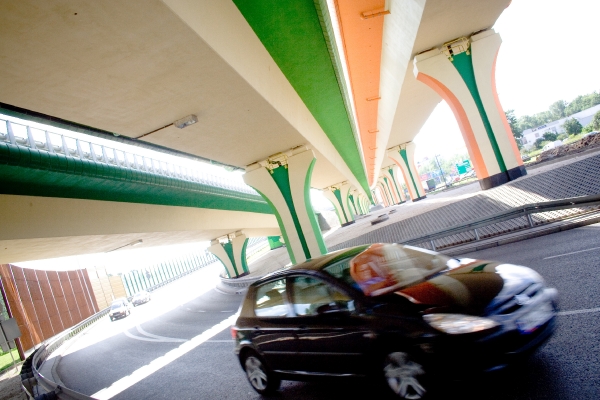Travel to Poland
.jpg)
Visa information
Citizens of the following countries are not required to be in possession of a visa when entering Poland for less than 90 days:
List of countries whose nationals may enter Poland without a visa
For further information concerning entry requirements and residence in Poland, please contact a local Polish embassy or consulate in your country.
Check here for addresses of Polish diplomatic and consular posts abroad
How to get to Warsaw?
By plane:
Most of aircraft heading to Warsaw land at the Chopin Airport about 10 km from the city centre.
To reach the city centre you can use public transportation:
- Bus number 175 runs to the centre and around the Old Town (Stare Miasto)
- Bus numbers 148 and 188 run to the 'other' side of the river, to Praga, Grochów and Gocław
- Night bus number N32 runs to the city centre
- Warsaw Fast City Rail (SKM) heading to the city centre
For safety reasons it is strongly advised to use licensed taxi services offered at Chopin Airport only. Licensed taxi services are located near the exit of the arrival terminal. Taxi tariffs should be clearly displayed in the car window. The taxi fare from the airport to the city center is approx. 40 PLN.
By train:
Warsaw has three large railway stations serving international and domestic long-distance connections: - Warszawa Centralna , Aleje Jerozolimskie 54 It is located in the heart of the city, and has very good connections with all districts of Warsaw.- Warszawa Zachodnia , Aleje Jerozolimskie 144 Thanks its location right next to the international bus station, it’s a good connection and changing location for people using long-distance (both national and international) buses. - Warszawa Wschodnia , ulica Lubelska 1
Railway tickets can be purchased at the cash-only windows (kasa) in the stations, on the Internet or at selected travel agencies. You can also purchase your ticket on the train from the conductor, whom you must seek out immediately upon boarding the train, to buy the ticket. Tickets sold on the train are subject to an additional fee.

By car:
The main way to access to Warsaw by road is to take one of four major European routes: • from the north: Route E77 (from Gdańsk) • from the east: Route E67 (from Białystok), route E30 (from Terespol) • from the south: Route E67 (from Wrocław), route E77 (from Kraków) • from the west: Motorway A2 (from Poznań) Along the roads are signs giving the number of kilometers to the centre of Warsaw.
The speed limit is 50km/h in cities, 90km/h outside urban areas, 120km/h on dual carriageways and 140km/h on motorways. Trams have the right of way. All vehicles should have their lights switched on at any time during the whole year.
By bus:
The bus station Dworzec PKS Warszawa Zachodnia at Aleje Jerozolimskie 144 serves the international and national connections. Tickets for domestic trips can be bought at the cash-only windows (kasa) in the station, while tickets for international trips are sold on the Internet or at selected travel agencies.
Public transport
Warsaw's public transport system (ZTM) includes buses, trams and metro connections. General information on public transportation in Warsaw. All public transportation tickets can be purchased at ZTM points, in some newspaper kiosks and at ticket machines located in the metro stations, where you can pay either with cash or a debit card. Instructions on the ticket machines are in Polish, English and German.
All foreigners (including children) are required to use normal tickets, the reduced (50% discount) tickets may be used only by international students holding a valid ISIC card (International Student Identity Card).
People over 70 years of age (which must be proven with a valid form of ID) are entitled to free transport.
Taxi
When using taxis in Warsaw, it is strongly recommended that you only use taxis with the following: the symbol of Warsaw – a mermaid – on both front doors, yellow/red stripes affixed to the glass along the front doors, a number stuck to the side of the vehicle, a hologram with the license number and the vehicle’s registration number on the upper right-hand corner of the front glass and a sticker with price information per kilometre that must be displayed on the glass of the right-hand side back door.



